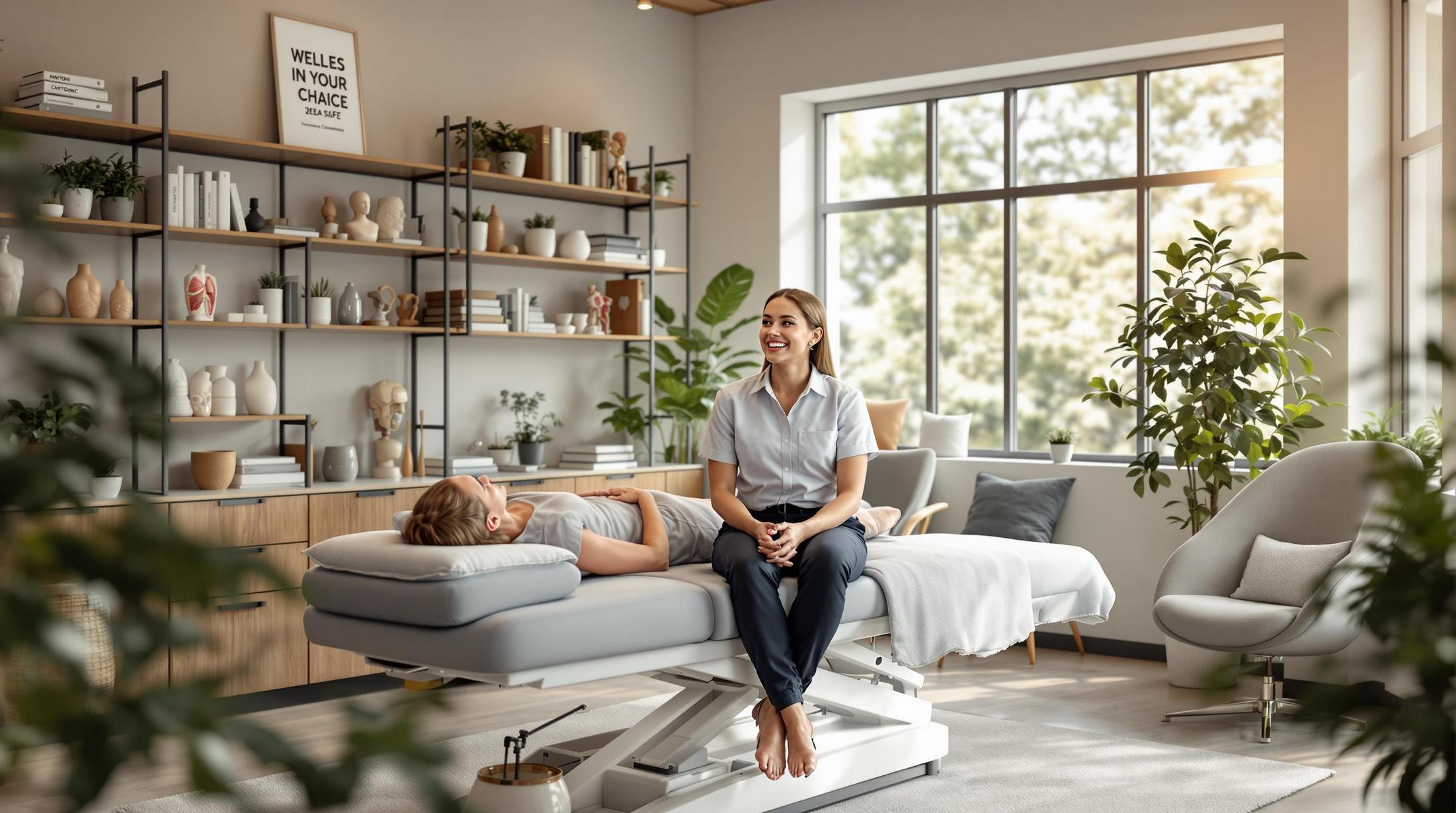Introduction
Ever wonder why you have an annoying ache that just won’t quit—or why your energy tanks halfway through the day? The culprit might be hiding in plain sight: subtle postural imbalances. Unlike obvious slouching or the classic “tech neck,” these micro-misalignments can sneak up on anyone, causing everything from headaches to chronic fatigue. The good news? You don’t have to be a posture guru to spot the red flags or make improvements. Today, let’s talk about how to identify subtle postural imbalances and the ergonomic tweaks that can set things straight.
Jump to:
TLDR – Quick Guide
- Subtle postural imbalances often go unnoticed but can cause fatigue, discomfort, and long-term issues.
- Clues include uneven shoulders, persistent aches, and feeling “off” in your daily movement.
- Self-checks and ergonomic upgrades can reveal and correct hidden problems.
- Small daily changes to your workspace, habits, and movement can transform your posture.
- Don’t wait for pain—catch and correct imbalances early for a healthier, more energized you.
Detailed Breakdown
1. What Exactly Are Subtle Postural Imbalances?
Not all posture problems scream for attention. Subtle imbalances might look like:
- Shoulders that don’t sit at the same height.
- One hip higher or rotated more than the other.
- A slight head tilt or forward lean that’s barely visible.
- A foot that always turns out when you stand or walk.
These small shifts put uneven strain on your muscles and joints. Left unchecked, they can snowball into pain, limited mobility, or even injury.
2. Self-Assessment: Spot the Signs Early
You don’t need a mirror maze or a chiropractor’s eye to start. Try these quick self-checks:
The Wall Test
- Stand with your back against a wall—head, shoulders, and heels touching.
- Notice: Does your lower back have a gentle curve, or is it pressed flat?
- Check: Are both shoulders and hips touching the wall evenly?
Shoulder and Hip Check
- Stand in front of a mirror with arms relaxed.
- Look for: One shoulder or hip sitting higher than the other.
The Marching Test
- March in place, then stop naturally.
- See: Are your feet parallel, or does one point out more?
Desk Audit
- Sit at your usual workstation and check: Is your head forward, shoulders rounded, or one arm reaching more?
The more you tune in, the easier it is to identify subtle postural imbalances before they create bigger issues.
3. Everyday Clues You Might Miss
- Frequent headaches or jaw tightness.
- Tiredness after sitting or standing, even briefly.
- Recurring pain in your neck, shoulders, back, or hips that shifts sides or comes and goes.
- Your clothes or backpack strap always slip off one side.
These are gentle nudges from your body to pay attention!
4. Simple Ergonomic Upgrades for Immediate Results
Ready to course-correct? These ergonomic upgrades are beginner-proof:
For Your Desk or Home Office
- Screen at eye level: No hunching or looking down.
- Feet flat, knees lower than the hips: Supports even hip alignment.
- Support your lower back: Use an ABC seat wedge to prevent slouching.
- Use a headset: Prevents cradling the phone with your shoulder.
For Standing or Moving
- Switch your “dominant” side: Carry bags or stand with weight on both feet, not just one.
- Set reminders to move: Micro-breaks prevent slouching and reset your alignment.
For Sleep
- Choose the right pillow height: Keeps neck in line with spine.
- Side sleepers: This is the best sleeping position.
5. Next-Level Strategies for the Long Haul
- Stretch and strengthen: Target tight or weak spots but do not force the stretch; be gentle.
- Mind your shoes: Unsupportive or uneven shoes can tilt your whole body.
- Listen to your body: Catch subtle aches early and adjust.
If issues persist, don’t hesitate to get a professional posture or ergonomic assessment—sometimes a fresh set of eyes spots what you can’t.
Key Takeaways
- Learning to identify subtle postural imbalances helps you catch problems before they become pain.
- Simple ergonomic tweaks can make a world of difference—at work, home, or on the go.
- Stay curious, check your posture often, and remember: your best alignment is the one that feels strong, supported, and pain-free.
FAQs
1. What causes subtle postural imbalances?
These often result from daily habits, like always crossing the same leg, carrying a heavy bag on one side, or repetitive work tasks.
2. Can postural imbalances fix themselves?
Rarely. Without conscious changes, small imbalances often worsen over time. Early awareness and simple upgrades are your best defense.
3. How quickly will ergonomic changes make a difference?
Many people feel less tension and better energy within days or weeks. Consistency matters more than perfection.
4. Are children and teens at risk too?
Absolutely! Backpacks, phones, and gaming setups can all create imbalances in younger people. Early checks set up healthy habits for life.
5. When should I seek professional help for posture?
If you have persistent pain, numbness, or balance issues—or if self-corrections don’t help—see a specialist for personalized advice.






